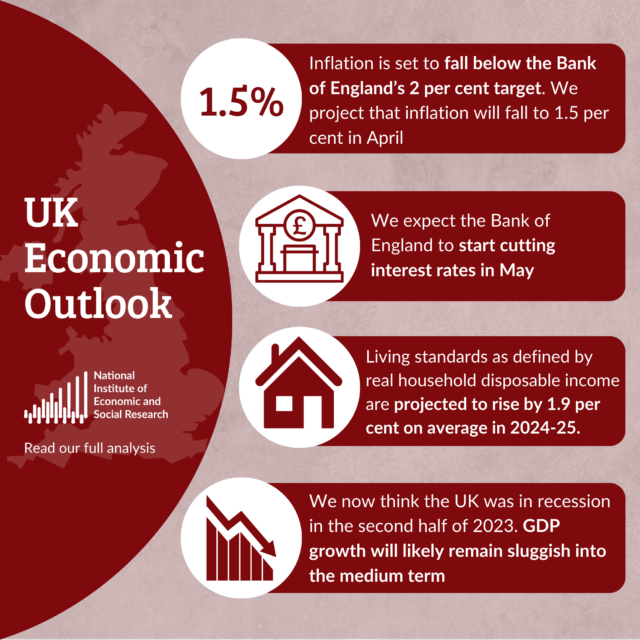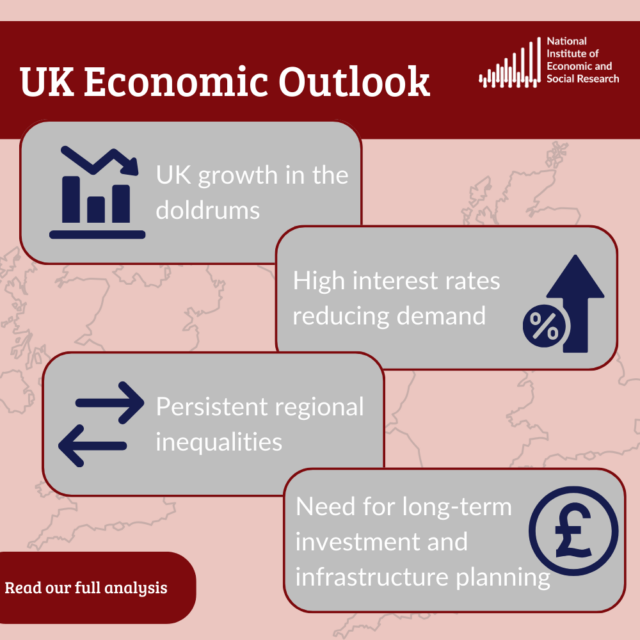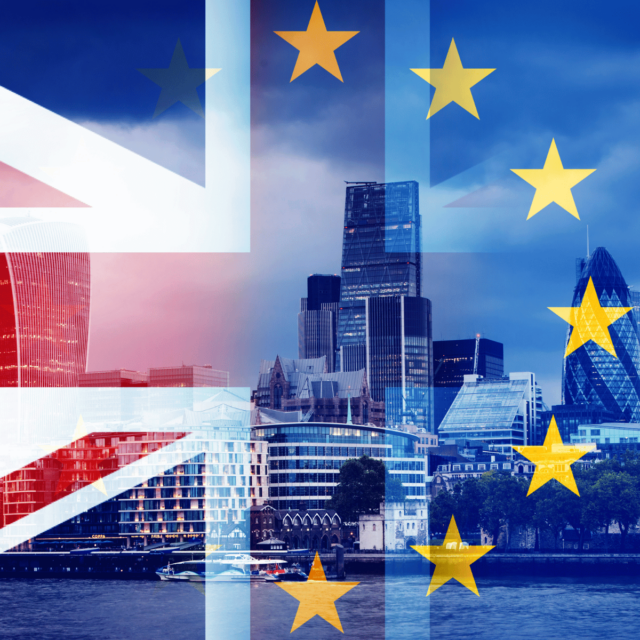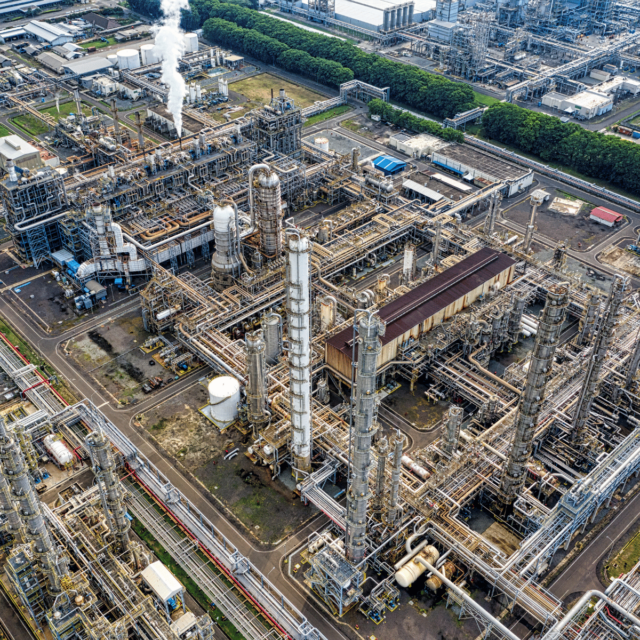- Home
- Publications
- The Risks From Increased Trade Protectionism
The Risks from Increased Trade Protectionism
 Pub. Date
Pub. Date
 Pub. Type
Pub. Type
Abstract:
This NiGEM Observation summarises the recent empirical evidence on trade protectionism and on the relationship between economic growth and openness to trade. We find that trade restrictive policies have increased, in fact in a subdued way, whereas economists still consider international trade as a main engine for growth. Furthermore, we use an experimental version of NIGEM to illustrate the effects from increases in tariffs. We do this by generating a scenario in which the US increases the price of Chinese imports to the US by 10 per cent. This equates to tariffs on 13.8 per cent of total US imports given 2010 trade shares. As a consequence of this policy change, our simulation suggests a temporary reduction in US output of 0.2 per cent relative to its baseline after 1.5 year. This negative effect kicks in immediately, spurred by inflationary pressures that are partially offset by a decrease in imports. At the same time, our scenario suggests only a modest change in the overall trade balance of the US.
In the next section we document the empirical literature review. Afterwards, we analyse the increase in tariffs from a theoretical point of view, and present the results of our simulation in the last section. This analysis is complimentary to Hacche and Liadze (2017), who expand on this topic with US tariffs applied to greater number of countries alongside a set of ‘retaliatory’ scenarios.
The authors would like to thank Jagjit Chadha, Ian Hurst, Simon Kirby, Iana Liadze, Rebecca Piggott and James Warren for helpful comments and suggestions.
NiGEM Observations is a series of occasional notes published by the NiGEM team on topical macroeconomic modelling issues for NIESR corporate sponsors and NiGEM subscribers.
Related Blog Posts

Exploring the Data on UK Productivity Performance
Issam Samiri
Stephen Millard
11 Dec 2023
4 min read

UK Investment Past and Prospects: A Framework for Analysis
Catherine Mann
01 Dec 2023
6 min read


Where Are We With Regional Inequalities in the UK?
Adrian Pabst
Jagjit S. Chadha
01 Nov 2023
5 min read
Related Projects
Related News


Related Publications


Productivity and Investment: Time to Manage the Project of Renewal
12 Mar 2024
UK Productivity Commission

UK Households Should Start Feeling Better Off as Election Looms
07 Feb 2024
UK Economic Outlook

Low to Middle Income Households Facing Seven Years of Falling Living Standards
08 Nov 2023
UK Economic Outlook
Related events

Investing for Growth: boosting productivity through higher public and private investment

The Outlook for the Welsh Economy

Prais Lecture with Chris Pissarides: The Future of Work and Wellbeing

A View and Prospects for British Investment

How Can We Raise Investment?

Productivity Commission Evidence Session: Examining the Role of International Investment

High Dimensional Forecasting and its Pitfalls – M. Hashem Pesaran

Finance and Growth Workshop







